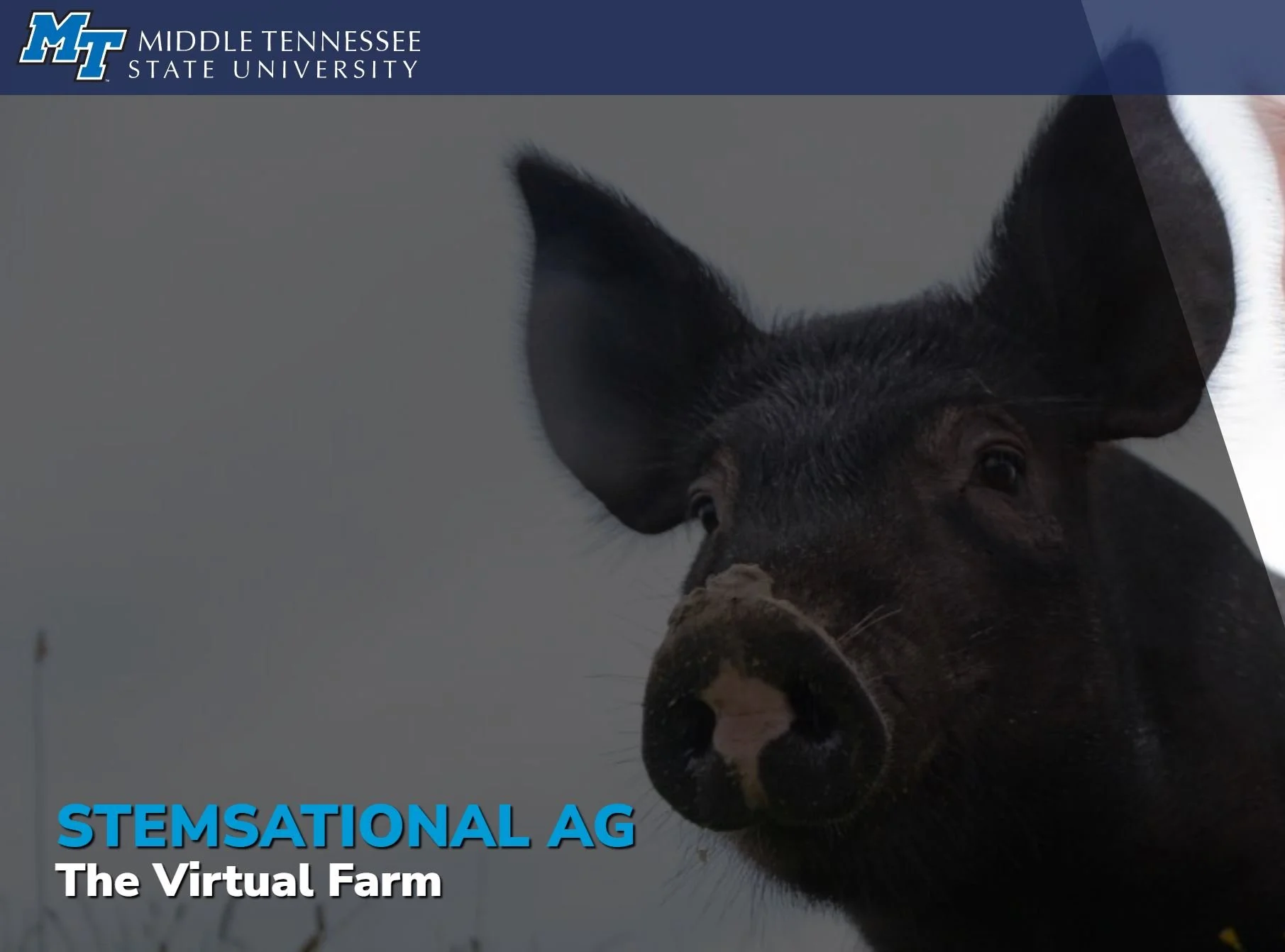Intermediate Lessons & Resources
Have students learn all about poinsettias, their unique parts, and their role in holiday traditions. A coloring page is included.
Students (grade 3+) learn how agriculture is brings to life all of their holiday favorites! From Christmas trees to sweet treats, this interactive resource demonstrates that without farmers, it would be a blue Christmas.
MATH: There are four versions of this worksheet: Counting/Number ID, Simple Addition and Subtraction to 6, Multiplication, and Fraction Conversion.
This fun activity helps students learn who is responsible for getting bacon from the farm to the store. It also teaches interdependence.
Students will understand that basic economic concepts are important for consumer decision-making, learn consumer decisions are influenced by economic and social factors, learn values have a role in making consumer decisions. Other concepts include needs vs wants, opportunity cost, prices, and food scarcity/hunger.
Intermediate Science: Students will learn the different parts of the farm ecosystem and discuss what happens when one or more parts are missing.
Intermediate Science: Students will model the food chain from the sun to decomposers using producer and consumer examples that are found on a farm.
Intermediate Science: Students will investigate what soil types are best for a given crop.
Intermediate Science: Students will understand how plants (cover crops) on the farm prevent soil erosion and filter water.
Intermediate & Secondary Economics: Students will understand that the foods and natural resources they consume come from a broad ecosystem due to our farming, transportation, and commerce systems.
PRIMARY & INTERMEDIATE SCIENCE: Find different versions of our chicken life cycle worksheet and a Google Classroom version that can be digitally manipulated.
ALL GRADE LEVELS - ART or introduction to genetic traits - Students will either use a dice or their own characteristics to create a unique chicken.
Intermediate & Secondary Science & Engineering: Students will explore how to best care for animals, then create a modern pig barn where the animals’ needs are met in a safe and comfortable environment.
Where does our food and clothing come from? There’s a lot more to Agriculture, the system that provides us with crops we eat and fibers we use to make clothing, than most people are aware of. Students will learn about this amazing modern industry with roots that stretch back to the beginning of civilization through the Modules and Units that cover a wide range of topics. Everyone is sure to learn something new!
Learn more about the cattle business in Kentucky while solving puzzles and word finds. From the Kentucky Beef Council.
Grades 4+: This Google Slide presentation focuses on how Kentucky farmers control soil erosion, as soil is one of our most precious resources for food production. The last slide provides a video demo of how different soil coverings impact how much soil washes away during a rain storm.
Grades 4+: Students will develop an appreciation and understanding of the natural development of seeds, learn the anatomy and function of each seed part through a seed dissection, and classify seeds as monocots or dicots.
This map shows the farm and forest resources from each county and it may be used to explain regional differences and the economic factors that impact production and where processors may be located.
Students will have fun with these grade-level appropriate math activities using apples.
4th Grade Science: This Google Slide allows students to move labels to the correct part of the honey bee.
4th Grade Science: This Google Slide allows students to move labels to the correct part of the flower.
This worksheet aligns to 4th Grade Common Core Language standards and is a fun companion activity to our Kentucky Farms Feed Me Virtual Field Trip to a Pig Farm.
Intermediate: Students will identify how the basic needs of a growing chick are met during egg incubation. Activities include identifying and diagramming the parts of an egg and hatching eggs in class.
Join Kylie as she visits Sisk Farms in Hopkinsville to learn about corn. Kylie also talked with Dr. Chad Lee, an agronomist, with the University of Kentucky.
Join Kylie as she visits with farmer Barry Alexander, of Cundiff Farms in Cadiz, Kentucky to learn about soybeans.
Create a corn starch based plastic material or try some other fun corn creations using corn starch.
View profiles of people who work in Kentucky agriculture, or trained in Kentucky for their career.
This fun activity helps students learn who is responsible for getting milk from the cow to the glass. It also teaches interdependence.
Settlers first brought cattle to Kentucky in 1775, with aid from famed explorer Daniel Boone. Since that time, cattle farming has played an important role in Kentucky’s agricultural economy. In fact, Kentucky farmers raise more beef cattle than any other state east of the Mississippi River!
Students will explain the importance of the beef cattle industry, including the products cattle produce, the production process from farm to plate, and how cattle can utilize and obtain energy from grass and other forage.






























